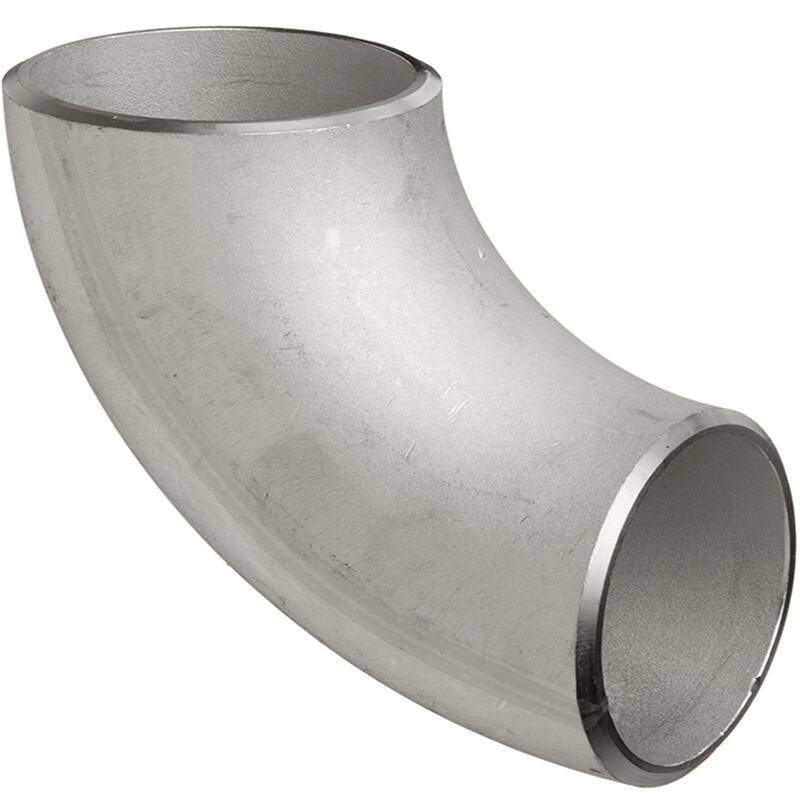-
Cangzhou Yulong Steel Co., Ltd.
-
Phone:
+86 13303177267 -
Email:
admin@ylsteelfittings.com
- English
- Arabic
- Italian
- Spanish
- Portuguese
- German
- kazakh
- Persian
- Greek
- French
- Russian
- Polish
- Thai
- Indonesian
- Vietnamese
- Zulu
- Korean
- Uzbek
- Hindi
- Serbian
- Malay
- Ukrainian
- Gujarati
- Haitian Creole
- hausa
- hawaiian
- Hebrew
- Miao
- Hungarian
- Icelandic
- igbo
- irish
- Japanese
- Javanese
- Kannada
- Khmer
- Rwandese
- Afrikaans
- Albanian
- Amharic
- Armenian
- Azerbaijani
- Basque
- Belarusian
- Bengali
- Bosnian
- Bulgarian
- Catalan
- Cebuano
- China
- China (Taiwan)
- Corsican
- Croatian
- Czech
- Danish
- Esperanto
- Estonian
- Finnish
- Frisian
- Galician
- Georgian
- Kurdish
- Kyrgyz
- Lao
- Latin
- Latvian
- Lithuanian
- Luxembourgish
- Macedonian
- Malgashi
- Malayalam
- Maltese
- Maori
- Marathi
- Mongolian
- Myanmar
- Nepali
- Norwegian
- Norwegian
- Occitan
- Pashto
- Dutch
- Punjabi
- Romanian
- Samoan
- Scottish Gaelic
- Sesotho
- Shona
- Sindhi
- Sinhala
- Slovak
- Slovenian
- Somali
- Sundanese
- Swahili
- Swedish
- Tagalog
- Tajik
- Tamil
- Tatar
- Telugu
- Turkish
- Turkmen
- Urdu
- Uighur
- Welsh
- Bantu
- Yiddish
- Yoruba

Nov . 27, 2024 22:53 Back to list
Understanding the Use and Design of Blind Pipe Flanges in Piping Systems
Understanding Blind Pipe Flanges Definition, Applications, and Importance
In the vast world of piping systems and infrastructure, various components play pivotal roles in ensuring safety, efficiency, and integrity. One such integral component is the blind pipe flange. Understanding what a blind flange is, its applications, and its significance is essential for engineers, designers, and anyone involved in piping systems.
What is a Blind Pipe Flange?
A blind flange is a type of flange that does not have a hole in the center, making it an effective means of sealing off the end of a piping system. This flange typically resembles a standard flange but lacks the opening that is common in other types, such as slip-on or threaded flanges. The primary function of a blind flange is to seal a piping system, creating a barrier that prevents the escape of liquids or gases.
Blind flanges are available in various materials, including stainless steel, carbon steel, and alloys, which allow for use in numerous applications, depending on the environmental conditions and media being contained. Common dimensions and standards for blind flanges are defined by organizations such as the American National Standards Institute (ANSI) and the American Society of Mechanical Engineers (ASME).
Applications of Blind Pipe Flanges
Blind flanges serve multiple purposes across various industries. Some of the key applications include
1. Sealing Off Piping Systems The most straightforward application of a blind flange is to seal off the end of a pipe to prevent the escape of fluids and gases. This is crucial in systems undergoing maintenance or when a particular segment of a piping system is no longer needed.
2. Creating Inspection and Maintenance Points Many systems utilize blind flanges to create inspection points in pipelines. By installing a blind flange, technicians can access certain areas of the system without having to dismantle an entire section of piping.
3. Testing and Pressure Retention Blind flanges can be critical when conducting pressure testing on piping systems. They allow operators to seal off sections of pipe to ensure there are no leaks before bringing the system online or before conducting maintenance.
blind pipe flange

4. Supporting Temporary Operations In construction and temporary installations, blind flanges provide a temporary closure for pipes that are not yet in use or are cut off from the main system, ensuring that the integrity of the piping system is maintained during the construction phase.
Importance of Blind Flanges in Piping Systems
The importance of blind flanges in various systems cannot be understated. Here are some reasons why they are vital
- Safety By effectively sealing pipes, blind flanges help in preventing hazardous leaks, which can pose dangers to personnel, the environment, and the integrity of the system.
- Cost Efficiency Using blind flanges can be a cost-effective solution for isolating sections of a piping system without the need for complex valves or fittings, simplifying the design and installation process.
- Flexibility and Adaptability Systems that use blind flanges can easily adapt to changes in operational requirements. For example, if a segment of a pipeline needs to be put on hold or redirected, a blind flange provides an efficient means of modifying the system.
- Maintenance and Inspection Blind flanges facilitate regular maintenance and inspection without requiring extensive disassembly. They allow for safe access to critical areas of the piping system.
Conclusion
Blind pipe flanges are an essential component in the design and maintenance of piping systems across a wide range of industries. Their ability to seal off pipes, facilitate maintenance, and ensure safety highlights their importance. As technology and materials continue to evolve, the design and application of blind flanges will adapt, but their foundational role in maintaining the integrity of piping systems will remain unwavering. Understanding these components is crucial for anyone involved in the field of piping engineering, as they constitute a core element of safe and efficient industrial operations.
Latest news
-
ANSI 150P SS304 SO FLANGE
NewsFeb.14,2025
-
ASTM A333GR6 STEEL PIPE
NewsJan.20,2025
-
ANSI B16.5 WELDING NECK FLANGE
NewsJan.15,2026
-
ANSI B16.5 SLIP-ON FLANGE
NewsApr.19,2024
-
SABS 1123 FLANGE
NewsJan.15,2025
-
DIN86044 PLATE FLANGE
NewsApr.19,2024
-
DIN2527 BLIND FLANGE
NewsApr.12,2024
-
JIS B2311 Butt-Welding Fittings LR/SR 45°/90° /180°Seamless/Weld
NewsApr.23,2024











